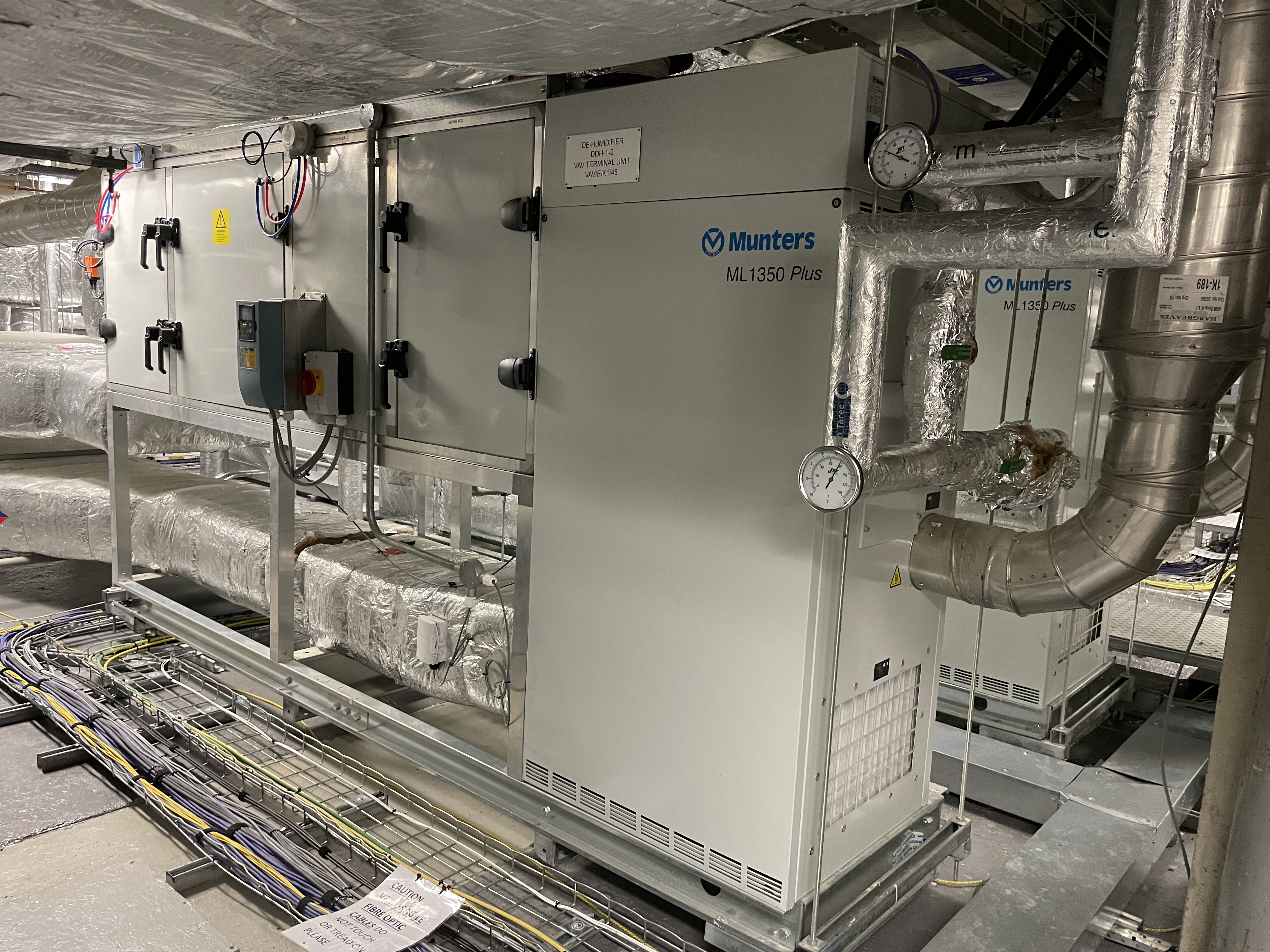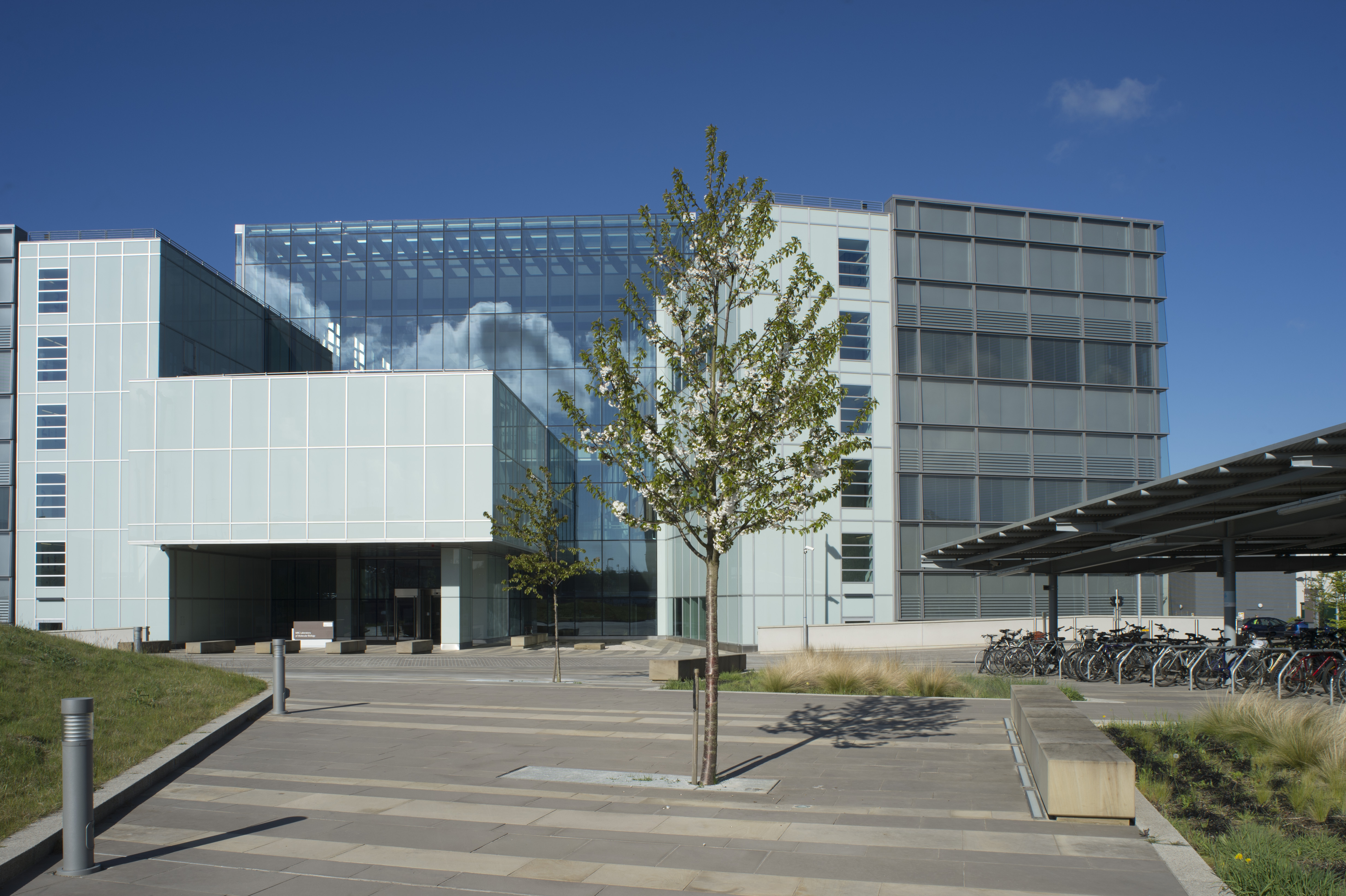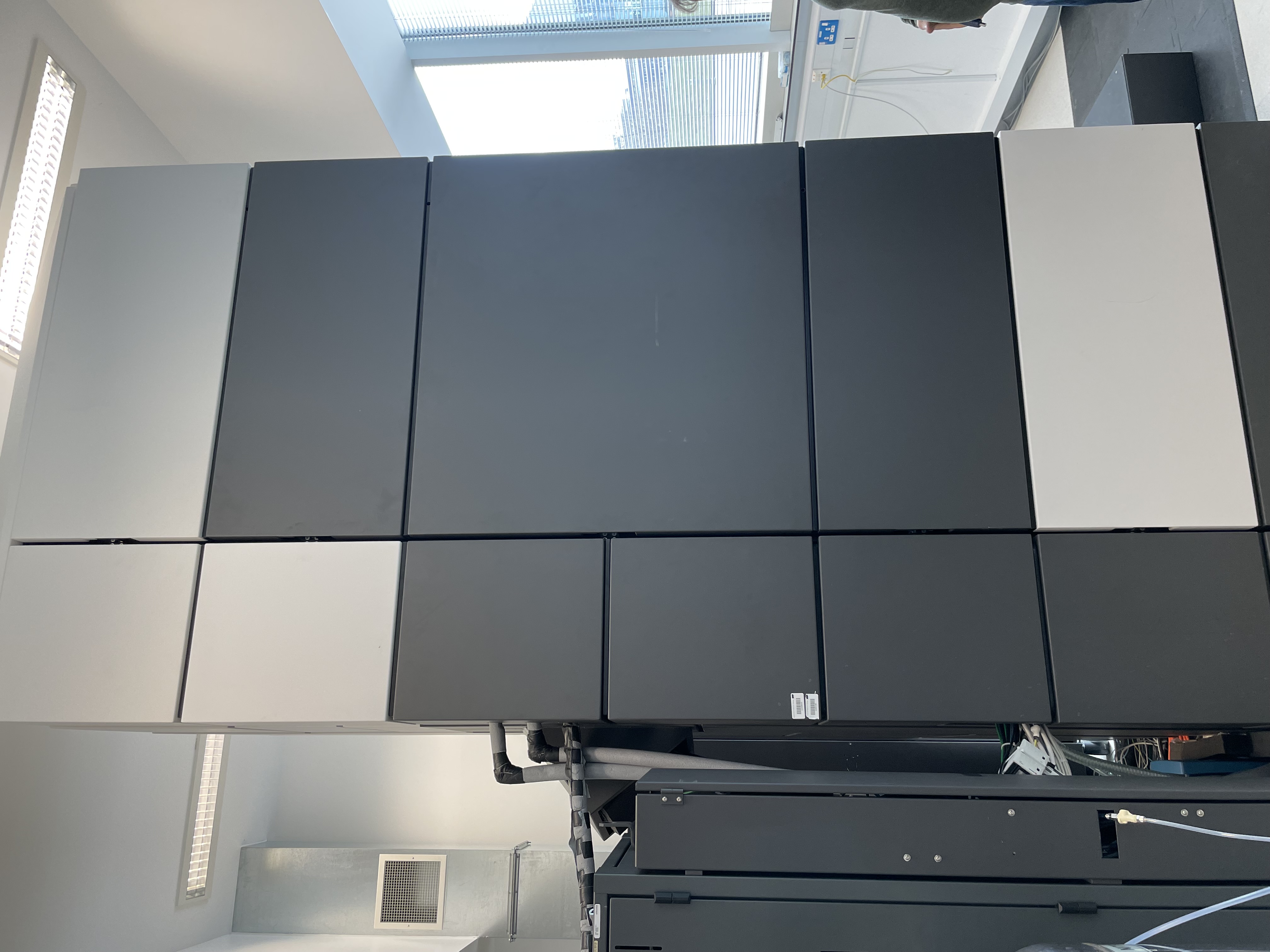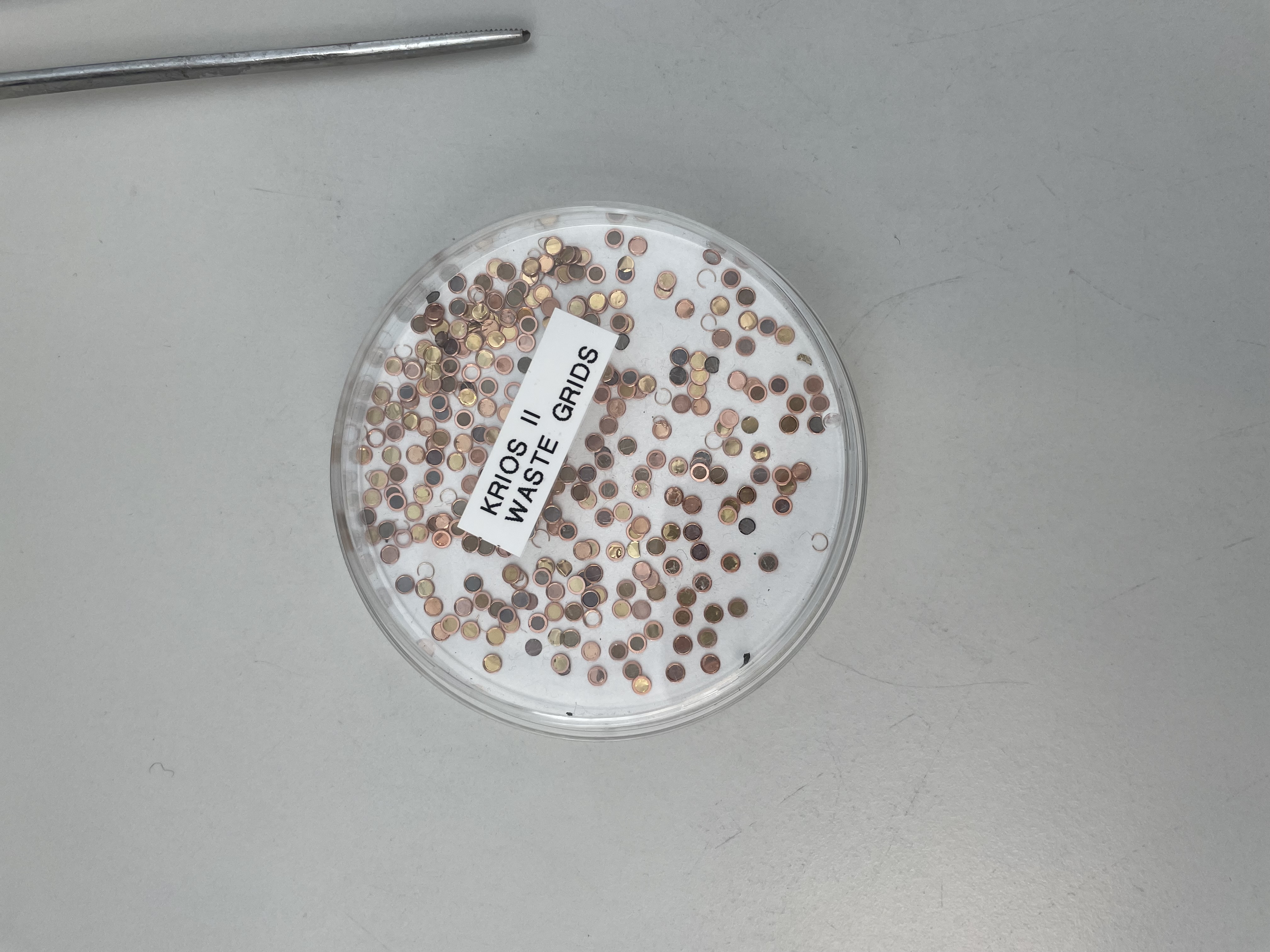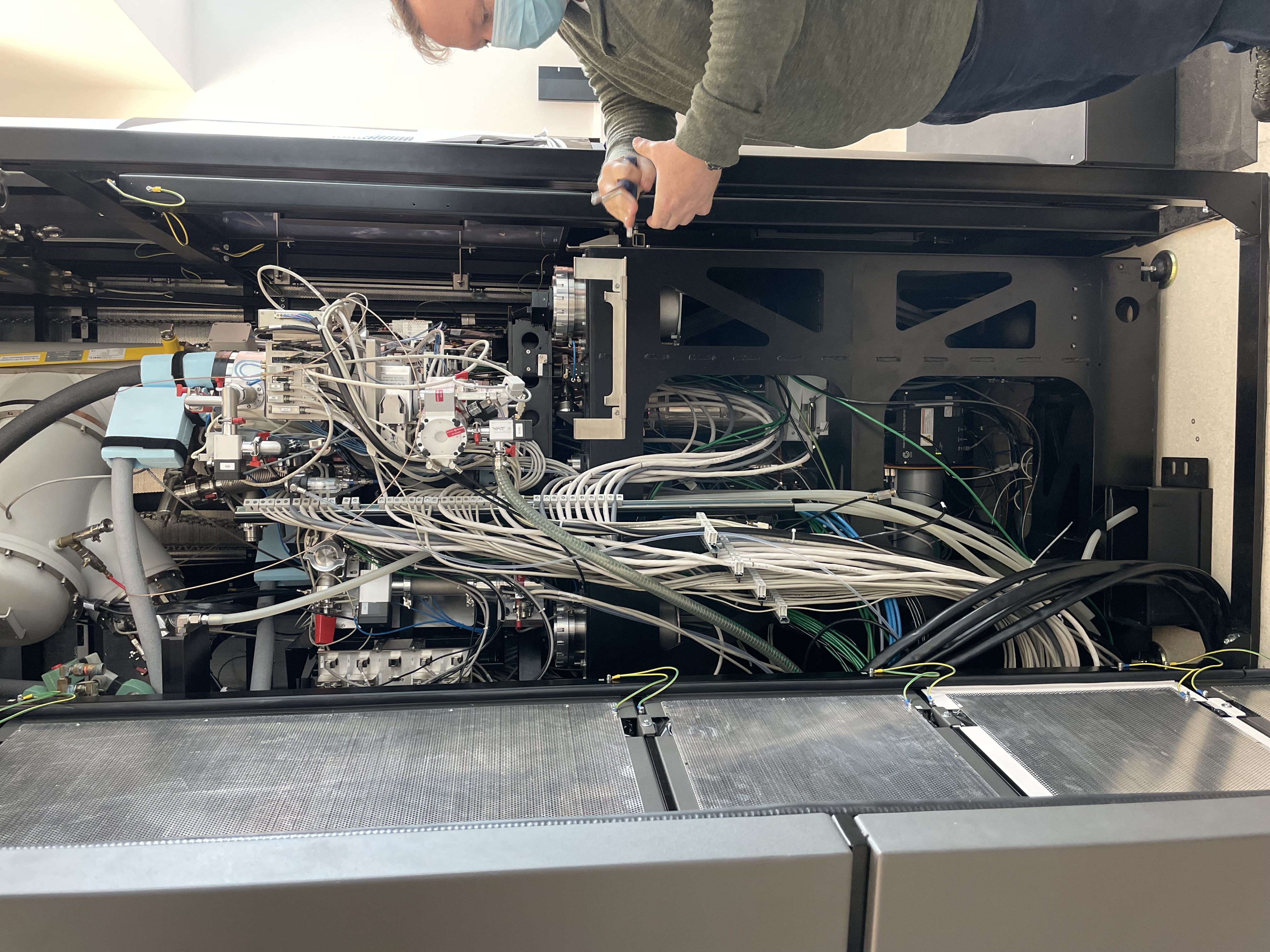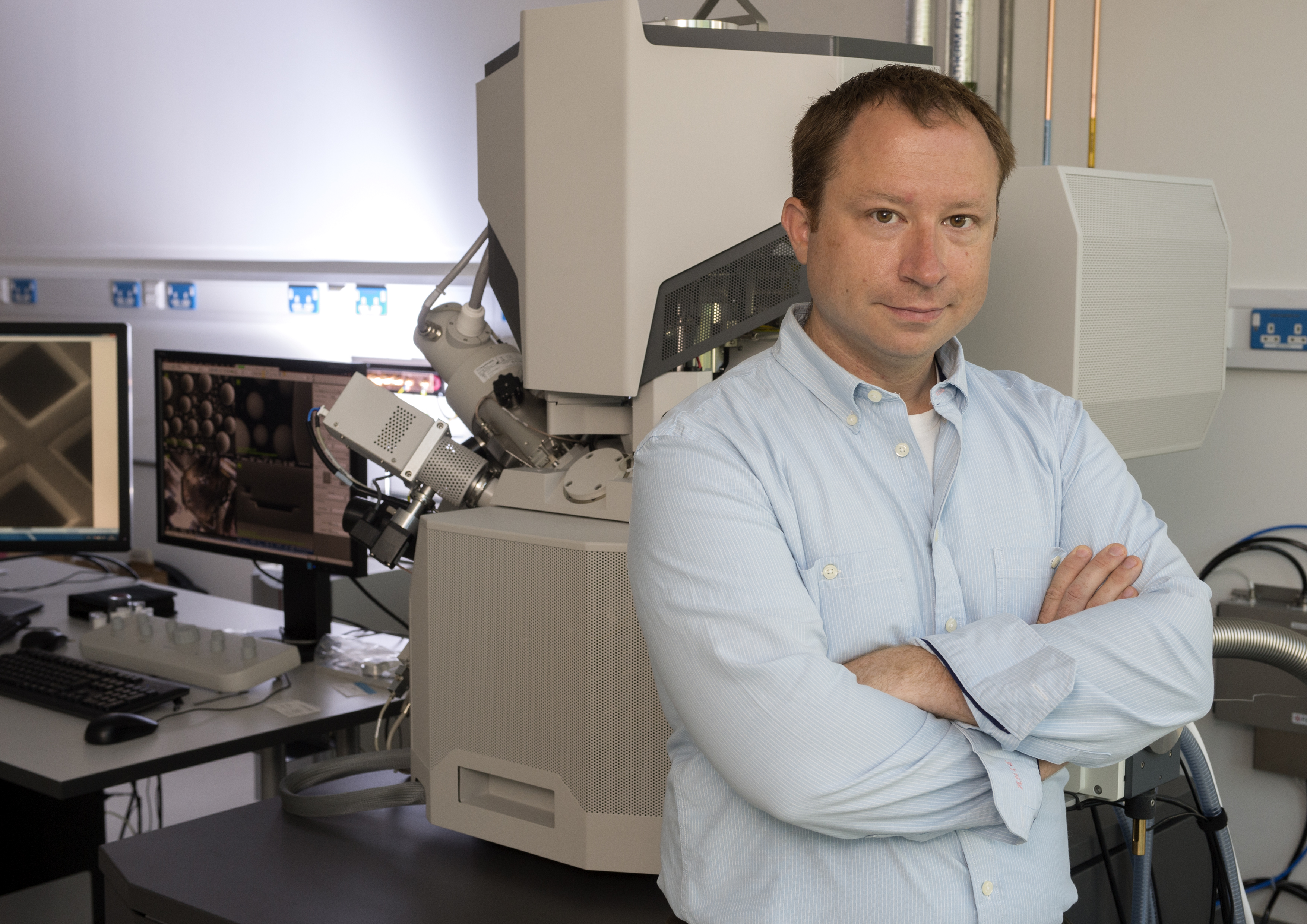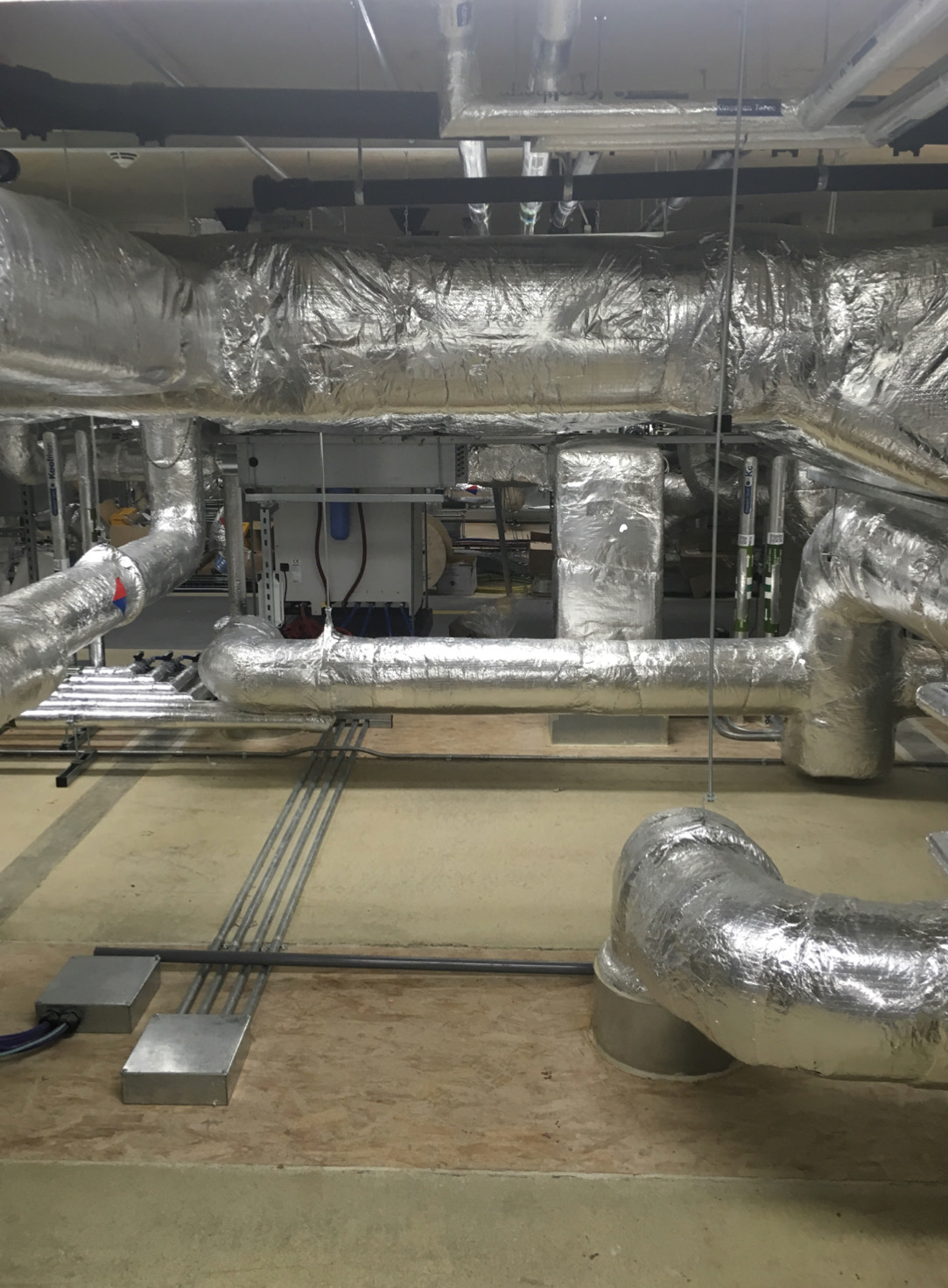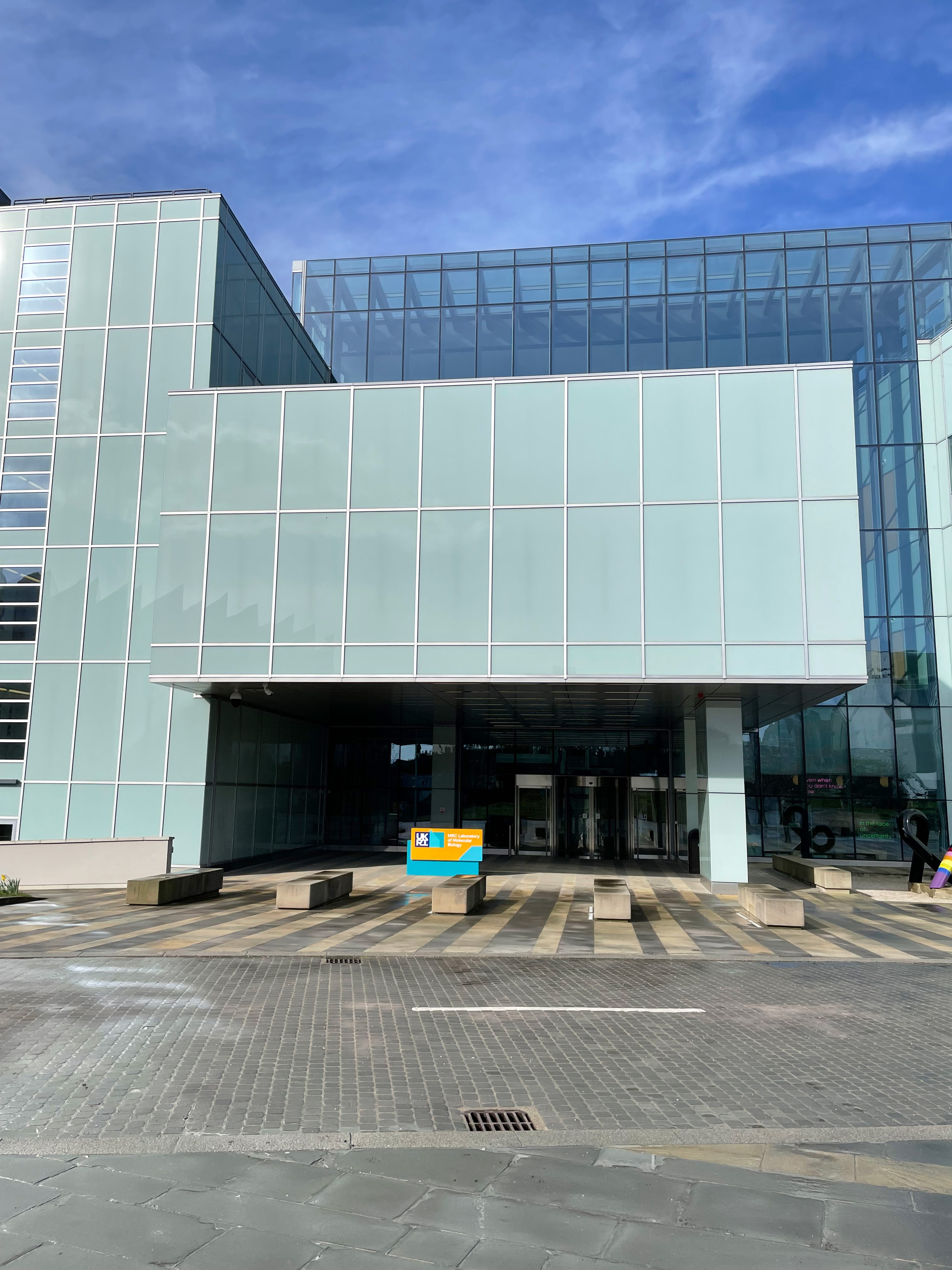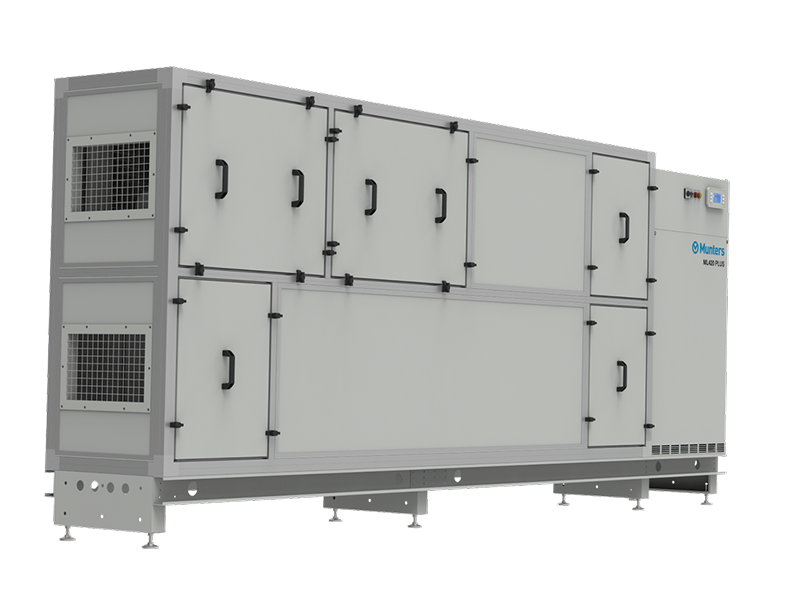The MRC Laboratory of Molecular Biology (MRC LMB) is a world-class laboratory that is dedicated to understanding important biological processes to help tackle major problems in human health and disease. Over the years, the MRC LMB has attracted 12 nobel prizes, as well as dozens of scientific awards and honours in molecular biology. (Source: MRC LMB). Within the MRC LMB lies several cryo-laboratories, along with a world-leading, electron cryo-microscope - a multi-million pound investment that is used for carrying out critical research into human health and disease. For more than a decade, Munters has supplied and maintained dehumidifiers that are essential for the effective operation of this microscope. For the full story, download the PDF of the case study..
Snabbfakta
- Prevent condensation causing damage to research samples and multi-million pound electron cryo-microscope
- Deliver bespoke temperature and humidity control systems in modular format to enable installation where space and access is restricted
Condensation control
The electron cryo-microscope is an incredible invention. Research specimens are submerged into liquid ethane at -193°C. This process freezes them so quickly that it creates a glass, or water glass, which enhances the clarity of the molecules within the specimens. “In this instance, water is both the friend and the enemy,” says Dr Chris Russo, MRC LMB group leader. “When submerging research samples into the ethane at liquid nitrogen temperatures, it is absolutely critical that other moisture is minimized, otherwise the sample could be ruined.” And it’s for this reason that dehumidification is so crucial. “Without dehumidification, even the slightest amount of excess moisture will cause ice to build on the specimens. This is a fundamental barrier to producing quality electron microscopic images. If the resolution is poor, we won’t get the image and won’t solve what we need to”. The microscope itself is also susceptible to moisture damage. Strong electrodes and iron magnets can corrode and decay if relative humidity is not effectively controlled within the cryo-laboratories.
Solution
Munters has supplied several ML plus temperature and humidity control systems to maintain a temperature of 20°C at 20% relative humidity. These systems incorporate desiccant dehumidifiers, cooling coils, booster fans, and filtration and are linked to a BMS (Building Management System). Unusually, the plant room where the dehumidifiers are installed is situated above the laboratories on a floating plant room floor. This is critical for preventing any vibration in the laboratories below. Munters worked closely with MRC LMB and building contractors to meet these needs. They are also modular in design in order to so that they could be broken down and reassembled in their install location. Dr Russo continues “Using the microscope would be extremely problematic if there was no dehumidification. These specialist microscopes cost millions of pounds to purchase (from funding), and thousands of pounds per day to operate. Other laboratories look to the MRC LMB to learn not only how we operate our microscope, but also how to build our rooms and the facility. The Munters dehumidifiers are a big part of that."
Applikationer i detta kundcase
Snabbfakta
- Prevent condensation causing damage to research samples and multi-million pound electron cryo-microscope
- Deliver bespoke temperature and humidity control systems in modular format to enable installation where space and access is restricted
